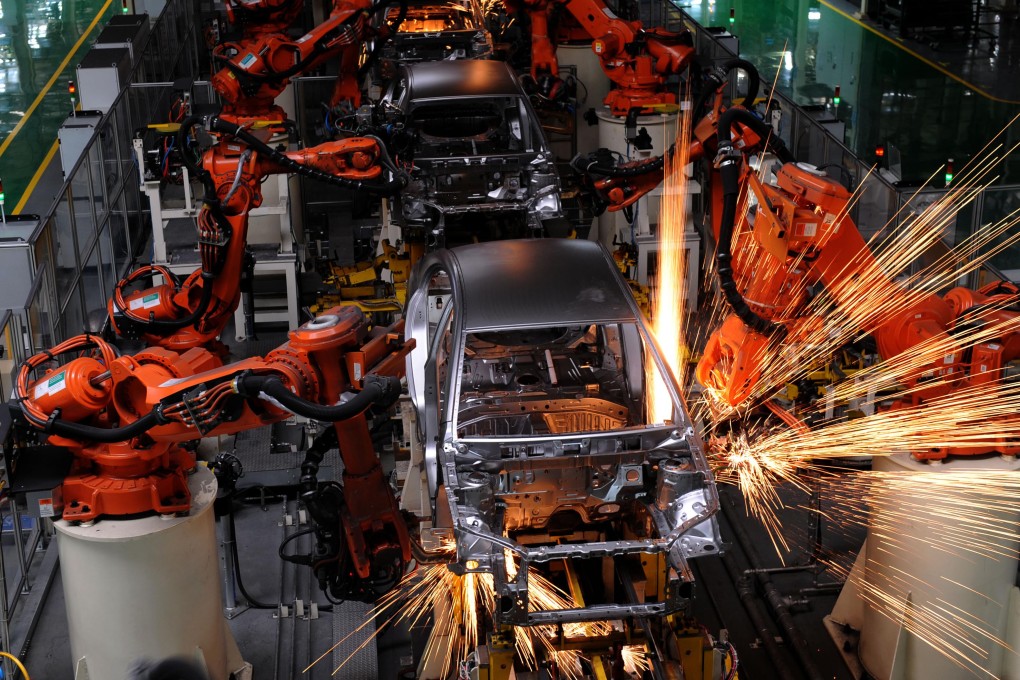China's manufacturing upgrade will boost exports and stimulate domestic consumption
Helen Wong believes Beijing's efforts to move up the manufacturing value chain will succeed, current market turbulence notwithstanding

The volatility in the Chinese stock market has not changed the fundamental picture: China is poised to strengthen its trade leadership with Asian countries as it transforms its economy.
Its future economic advances will be more about building ports, robotics and electric vehicles, and less about selling toys, textiles and cheap electronics.
Oxford Economics' latest trade forecast paints a picture of how China's trade is going to evolve and grow. Despite the current outlook for slower growth in the near term, the forecast is for solid expansion in the coming decades. China's rise up the economic value chain will support its transition to a consumption-led economy with a widening scope for export growth, it suggests.
Its increasingly educated labour base, meanwhile, will become a force in global innovation
Driving these changes will be two centrepieces of economic policy: the "One Belt, One Road" initiative and "Made in China 2025".
"One Belt, One Road" plans to strengthen economic relations with trade partners, particularly Asian neighbours, via a network of transport and other infrastructure projects. The idea is to ensure goods, services and capital can flow easily - which will in turn support domestic and external demand and help modernise the Chinese economy.
The "Made in China 2025" policy, announced in May, plans to move the economy away from low-value manufacturing, and boost 10 hi-tech sectors, including information technology, robotics, aerospace, railways and electric vehicles. This strategy will shift China's manufacturing sector up the value-added chain and fuel export growth.
Higher value-added goods are increasingly being produced domestically, according to the trade forecast.
